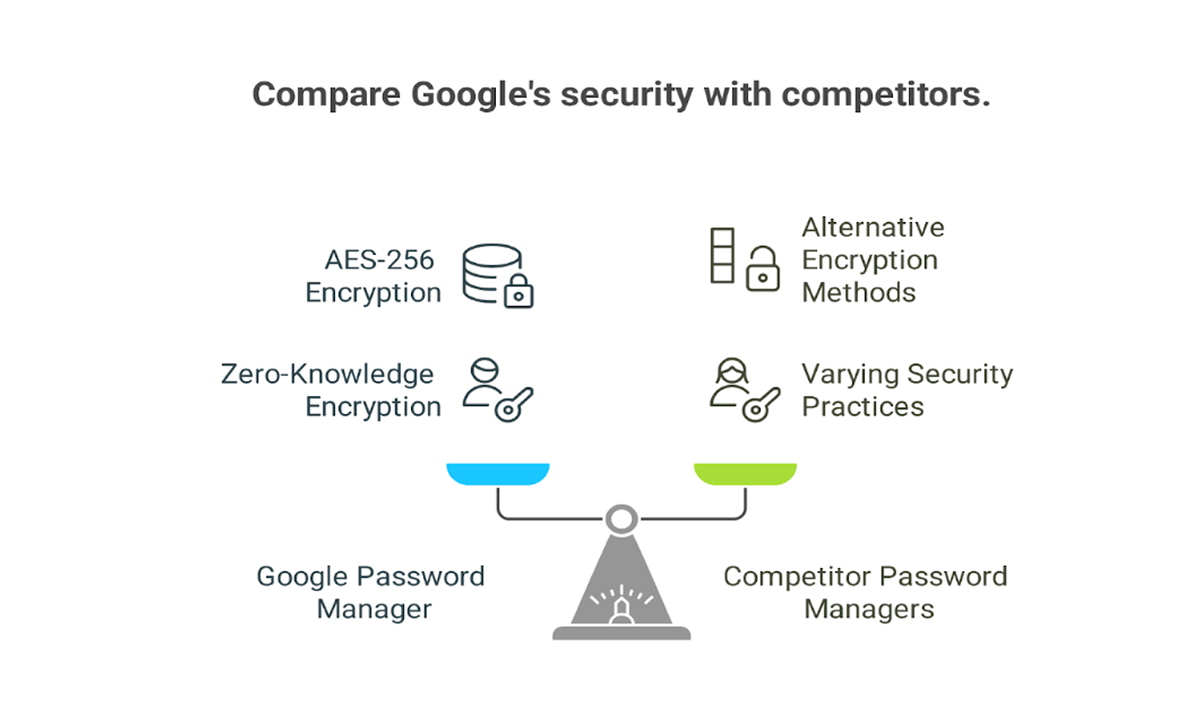Artificial Intelligence (AI) has revolutionized the way machines understand, process, and interact with the world. One of the most critical tools in knowledge representation in AI is the use of frames in artificial intelligence. These structured templates help systems organize information effectively and solve complex real-world problems.
In this article, we’ll explore frames in artificial intelligence with examples, their types, how they compare to scripts in AI, and their practical applications. Let’s delve in!
- What Are Frames in Artificial Intelligence?
- Frames in Artificial Intelligence with Examples
- Types of Frames in Artificial Intelligence
- Frames in Artificial Intelligence PDF Resources
- Frames in Artificial Intelligence on GeeksforGeeks
- Difference Between Frames and Scripts in Artificial Intelligence
- How ChatGPT Utilizes Frames in AI
- Knowledge Representation in AI: Frames vs. Ontologies
- Conclusion
What Are Frames in Artificial Intelligence?
At their core, frames in artificial intelligence are knowledge representation structures used to model objects, scenarios, or concepts. Think of a frame as a “blueprint” that defines what attributes (or “slots”) an entity has and how they are related. These slots can store information like values, default settings, or even procedures.
For example, imagine trying to teach an AI system about dogs. A frame for “dog” might include:
- Type: Animal
- Breed: Golden Retriever
- Size: Medium
- Behavior: Friendly
By organizing information this way, frames enable AI systems to make smarter decisions based on well-structured data.
Frames in Artificial Intelligence with Examples
Example 1: Frames in Natural Language Processing (NLP)
In NLP, frames are widely used to understand the context of user queries. Suppose a chatbot is processing a hotel booking request. The system might use a booking frame:
- Frame Name: Hotel Reservation
- Slots:
- Date: January 15, 2025
- Room Type: Suite
- Guests: 2
This structure allows the AI to quickly interpret user input like, “I want a suite for two on New Year’s Day,” and extract the relevant details.
Example 2: Frames in Robotics
A robot navigating a room might use a frame to understand objects:
- Frame Name: Table
- Slots:
- Height: 3 feet
- Material: Wood
- Use: Support
This enables the robot to differentiate between a table and other objects in the environment, like chairs or shelves.
Example 3: Frames in Expert Systems
In medical expert systems, frames help organize knowledge about diseases. For instance, a frame for “Diabetes” might include:
- Symptoms: High blood sugar, frequent urination
- Risk Factors: Obesity, family history
- Treatment: Insulin therapy, dietary adjustments
These examples show how frames simplify complex data, making it easier for systems to reason and make informed decisions.
Types of Frames in Artificial Intelligence

Frames can vary depending on their purpose. Below are the major types of frames in artificial intelligence:
1. Simple Frames
Simple frames are straightforward and contain predefined attributes.
Example:
A frame for “Car” might have slots like:
- Make: Toyota
- Color: Blue
- Fuel Type: Gasoline
2. Inherited Frames
Inherited frames build on existing ones. For example, a Sedan frame could inherit properties from a Vehicle frame while adding specific attributes like:
- Doors: 4
- Trunk Size: Medium
3. Recursive Frames
These frames support nesting, where one slot refers to another frame.
Example:
A University frame might have:
- Departments:
- Slot 1: Computer Science
- Slot 2: Biology
4. Procedural Frames
These include not just data but also procedures.
Example:
A Robot Arm frame could include a “grip” slot with associated actions for holding objects.
Learn more about these types on GeeksforGeeks.
Frames in Artificial Intelligence PDF Resources
For those seeking more in-depth study, there are several PDF resources available online that cover frames in artificial intelligence in detail. These resources often include:
- Tutorials and real-world examples
- Comparative studies of frames vs. ontologies
- Advanced implementation guides
You can explore AI-related PDFs to gain a deeper understanding.
Frames in Artificial Intelligence on GeeksforGeeks

GeeksforGeeks provides a beginner-friendly yet comprehensive overview of frames in AI. Their articles explain:
- Slots and facets
- Applications in fields like NLP, robotics, and expert systems
- Comparisons with other representation methods
Check out their guide on frames in artificial intelligence.
Difference Between Frames and Scripts in Artificial Intelligence
While frames and scripts in AI are both methods of representing knowledge, they serve distinct purposes.
| Aspect | Frames | Scripts |
|---|---|---|
| Definition | Templates for static attributes | Sequences of actions or events |
| Focus | Representation of entities | Behavioral modeling |
| Example | A frame for “dog” | A script for “ordering food at a restaurant” |
For instance, a frame might describe the attributes of a book (title, author), while a script outlines the sequence of actions involved in borrowing a book from a library.
Learn more about scripts in AI.
How ChatGPT Utilizes Frames in AI
ChatGPT, one of the most advanced conversational AI tools, employs structured representations to understand context and respond accurately. While it doesn’t explicitly use frames, the underlying principles are similar. For example:
- When asked about a movie, it retrieves attributes like title, director, and release year, mirroring the concept of frames.
Learn about ChatGPT’s capabilities.
Knowledge Representation in AI: Frames vs. Ontologies
Both frames and ontologies are essential in knowledge representation, but they differ in scope and purpose.
| Aspect | Frames | Ontologies |
|---|---|---|
| Scope | Task-specific | Domain-wide |
| Applications | NLP, robotics | Semantic web, data integration |
Frames excel at representing specific situations, while ontologies provide a more general framework for defining relationships across a domain.
Discover more about knowledge representation in AI.
Conclusion
Frames in artificial intelligence are foundational tools for organizing and processing knowledge. From enabling chatbots to interpret language to helping robots understand their environment, frames are indispensable for intelligent decision-making.
As AI continues to advance, the use of frames will only grow, empowering systems to better understand and interact with the world. Whether you’re exploring ChatGPT, building expert systems, or designing AI for robotics, understanding frames is a crucial step toward success.
For more insights, check out resources on GeeksforGeeks, browse frames-related PDFs, and explore the differences between frames and scripts in AI.




